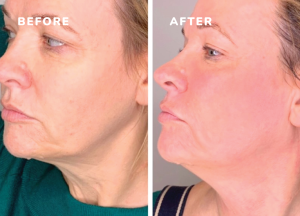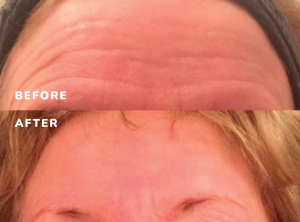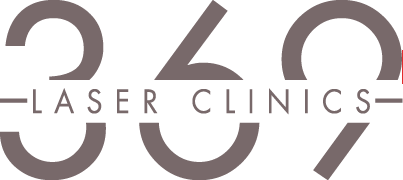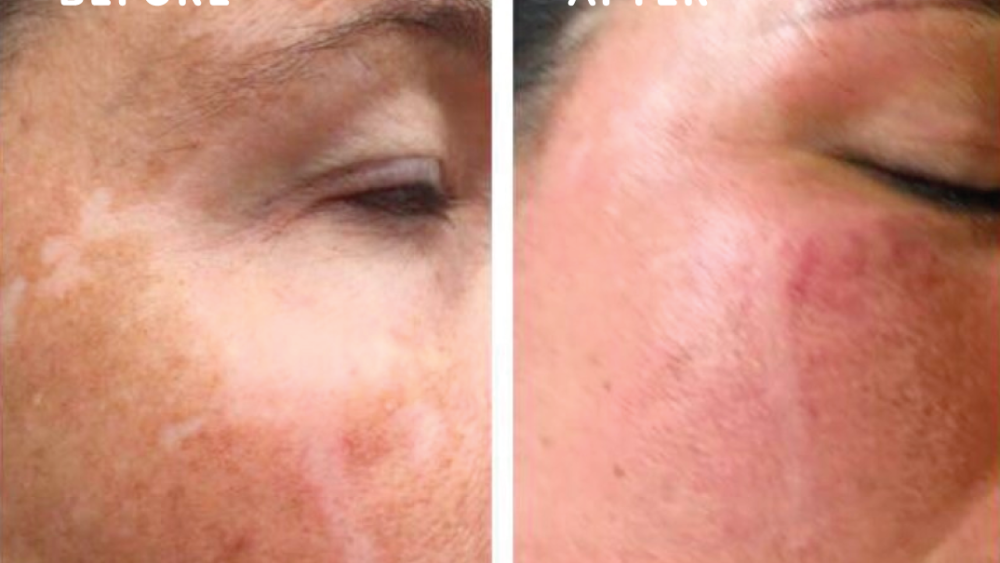Microneedling, often hailed as a revolutionary skincare treatment, has garnered significant attention for its ability to address a multitude of skin concerns through the body’s natural healing processes. By stimulating collagen production and enhancing cellular turnover, microneedling offers a holistic approach to skin rejuvenation. When combined with advanced treatments like LED light therapy, hyaluronic acid, and brightening cocktails, the results can be truly transformative. In this post, we’ll delve into the benefits of microneedling, the conditions it can resolve, and how it can be integrated with other treatments for optimal skin health and radiance.
What is a Dermapen Microneedling?
A Dermapen, or microneedling pen, is a state-of-the-art device used for skin rejuvenation through the process of microneedling, also known as collagen induction therapy. This handheld tool is equipped with fine needles that create tiny, controlled micro-injuries on the skin’s surface. These micro-injuries trigger the body’s natural healing response, leading to an increased production of collagen and elastin—key proteins that enhance skin structure, firmness, and resilience. The result is a firmer, smoother, and more youthful complexion.
How Does Dermapen Work?
Dermapen operates on the principle of creating controlled micro-injuries to the skin. When gently applied to the skin’s surface, the device’s fine needles produce microscopic punctures, triggering the body’s natural wound-healing process. This process stimulates the production of collagen and elastin, resulting in firmer, smoother, and more youthful-looking skin.
Collagen and elastin are essential proteins that provide our skin with elasticity, firmness, and a youthful appearance. As we age, our bodies produce less collagen and elastin, leading to the development of wrinkles, fine lines, and sagging skin. The micro-injuries induced by Dermapen help counteract this process by encouraging the production of these vital proteins. Additionally, microneedling improves the skin’s overall texture and tone by promoting cellular turnover, resulting in a smoother, more even complexion.

Source: Dermapen. Using dpm8 for skin tightening saggy skin
Conditions Microneedling Can Address
Fine Lines and Wrinkles
- How it helps: Microneedling stimulates collagen and elastin production, which helps to smooth out fine lines and wrinkles, resulting in firmer, more youthful-looking skin.

Source: Dermapen. Using the dpm8 for treating fine lines and wrinkles
Hyperpigmentation and Uneven Skin Tone
- How it helps: By promoting cellular turnover and breaking up pigment clusters, microneedling can reduce the appearance of hyperpigmentation, sun spots, and other discolorations, leading to a more even complexion.
Acne Scars and Other Scars
- How it helps: Microneedling breaks down scar tissue and encourages the formation of new, healthy skin. This can significantly reduce the appearance of acne scars and other types of scarring.
Large Pores
- How it helps: The increased collagen production helps to tighten and shrink pores, making them appear less prominent and improving overall skin texture.
Stretch Marks
- How it helps: Similar to its effects on scars, microneedling can reduce the appearance of stretch marks by stimulating new tissue growth and collagen production.
Dull Skin and Lack of Radiance
- How it helps: Microneedling enhances skin’s natural glow by promoting healthy cell turnover and increasing blood circulation, resulting in a more radiant complexion.

Learn more about Dermapen microneedling here.
The Science of Natural Healing
Microneedling’s effectiveness stems from its ability to harness the body’s natural healing processes. When the skin experiences micro-injuries, it undergoes a three-phase healing response:
Inflammation
- Response: Increased blood flow and immune cell activity help to cleanse the area and lay the groundwork for repair.
Proliferation
- Response: New cells, collagen, and elastin are produced to replace damaged tissue, leading to smoother and more resilient skin.
Remodelling
- Response: The new tissue matures and strengthens, resulting in long-lasting skin improvements.



Comments are closed.